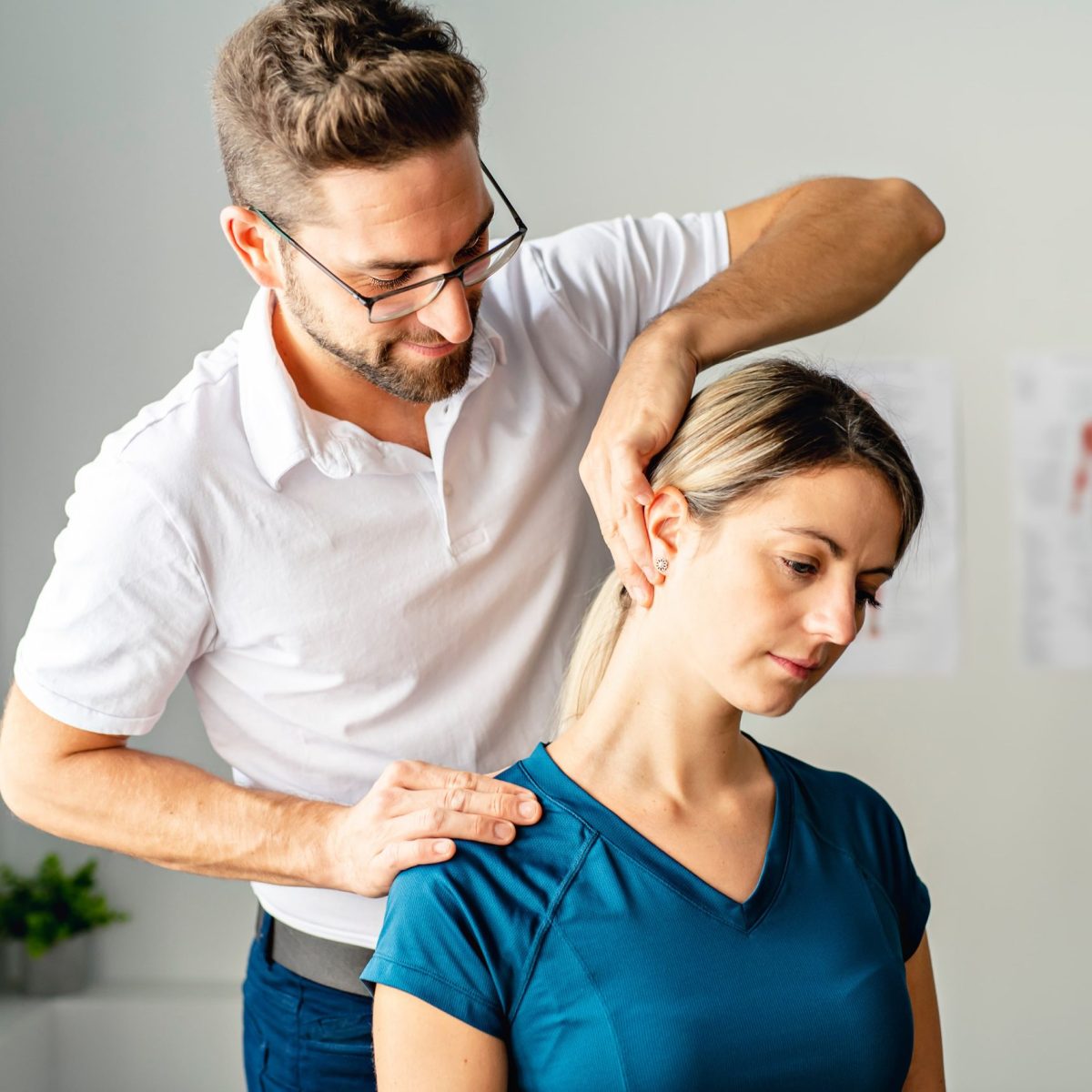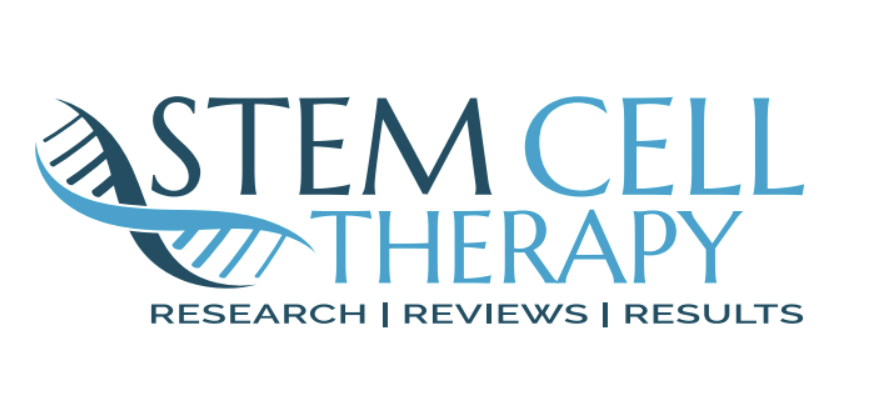Stem Cell Therapy for Heart Problems
Stem Cell Therapy for Neck Pain
Do you feel like your neck is trapped in a tight grip, making everyday actions like driving or simply turning to chat a painful task? Just thinking about surgery or a drawn-out recovery could be daunting. But what if there was a gentler way to ease that discomfort and restore your neck’s freedom?
That’s where stem cell therapy for neck pain comes into play. Using stem cells from umbilical cord tissue containing high concentration of stem cells obtained from FDA licensed tissue banks we target inflammation and heal damaged tissue, offering a natural relief pathway without the risks of medication or surgery.
Imagine what it would be like to move your head from side to side or up and down with ease again. Let us guide you towards that relief. Contact us today to see if this innovative therapy is right for you!


What is Stem Cell Therapy?
Stem cells have the remarkable ability to repair and regenerate damaged tissues in your neck. For neck injuries, stem cells can be harvested from umbilical cord tissue containing high concentration of stem cells obtained from FDA licensed tissue banks.The stem cells are injected into injured or degenerating structures in your neck, like discs, nerves, ligaments, muscles, or vertebrae.
The injected stem cells can reduce inflammation, promote healing, and even regenerate cartilage in your neck. They work with your body’s natural healing processes to mend damage and stimulate long-lasting pain relief. Stem cell for neck pain aims to fix the underlying causes of stiff, sore necks instead of just masking the symptoms.
Stem Cell for the Neck: How Does it Help?
01
Reduces inflammation
Stem cells contain growth factors that decrease swelling, inflammation, and irritation in the rotator cuff tendons, labrum, and surrounding tissues.
02
Repairs rotator cuff
Stem cells can regenerate damaged or torn rotator cuff tendons, restoring stability and strength.
03
Heal's labrum
Stem cells repair torn labrum cartilage to improve shoulder stability and lubrication.
04
Reduces impingement
Stem cells can prevent compressed shoulder tendons from becoming irritated, reducing pain caused by impingement.
05
Grows new tissue
Stem cells stimulate regeneration of tendon, cartilage, and bone cells to heal the damaged shoulder comprehensively.
01
Reduces inflammation
Stem cells release anti-inflammatory factors that ease swelling and irritation in the cervical discs, vertebrae, and nerves.
02
Repairs Discs
Stem cells regenerate healthy disc tissue, healing tears and restoring cushioning between neck vertebrae
03
Loosens Muscles
Stem cells relax tightened neck muscles and repair strained connective tissue, causing muscle spasms.
04
Alleviates Pinched Nerves
Stem cells rebuild compressed areas to take pressure off pinched nerves, causing radiating neck and arm pain.
05
Restores Range of Motion
Stem cells lubricate joints and stimulate regeneration of cartilage to improve flexibility and mobility.
The Process of Stem Cell Therapy for Neck Pain
Rigorous screenings and tests are conducted on stem cells from umbilical cords and placentas post-cesarean section to guarantee unmatched quality and safety in our treatments
The first step when you come in for your treatment is numbing the joint with an anesthetic.
Using ultrasound guidance, the stem cells are injected into the damaged rotator cuff tendons, labrum cartilage, or other injured tissues.
The entire procedure takes approximately 60-90 minutes.
Most patients can resume normal activities within 1-2 days. Improvement occurs gradually over 6-12 weeks as the stem cells regenerate the damaged structures.
For chronic shoulder problems, booster shots every 9-12 months may prolong the healing effects.

FAQs about Stem Cell Therapy for Neck Pain
A lot of people wonder if you can apply stem cell therapy for neuropathy in feet. Research is underway and early results indicate stem cell injections into the feet may help regenerate damaged peripheral nerves. This can reduce chronic neuropathic pain and numbness and improve everyday function.


Key Benefits of Stem Cell Therapy for Neck Pain:
Minimally invasive procedure with little downtime.
Utilizes your body's own healing abilities.
Reduces inflammation and nerve irritation.
Loosens stiff joints and alleviates pinched nerves.
Avoids risky neck surgery and implants.
Provides gradual and lasting pain relief.
Improves flexibility and mobility.
Stem Cell Therapy Beyond Neck Pain
01
Helping Back and Neck Pain
While stem cells for knees are proven to be effective, stem cells can also be injected into damaged discs, facet joints, ligaments, and neural tissue to help relieve back and neck pain caused by issues like degenerative disc disease, herniations, pinched nerves, or whiplash injuries. The stem cells can:
- Reduce inflammation of irritated nerve roots.
- Regenerate disc cartilage, renewing cushion and height.
- Repair annular tears in discs.
- Promote new bone growth to stabilize the spine.
- Regenerate ligaments between vertebrae.
- Prevent scar tissue from pressing on nerves.
02
Rebuilding Injured Rotator Cuffs
For torn rotator cuff tendons in the shoulder, stem cells can encourage healing by:
- Differentiating into tenocytes to form new tendon tissue.
- Increasing blood supply to deliver nutrients.
- Stimulating collagen production to rebuild tendon structure.
- Reducing inflammation and scarring that impede healing.
03
Restoring Mobility from Hip Issues
Stem cells injected into arthritic hip joints or damaged cartilage and bone can:
- Grow new cartilage cells to smooth joint surfaces.
- Differentiate into bone cells to help fractures or defects heal.
- Reduce inflammation and pain from arthritis or bursitis.
- Produce collagen to reinforce ligaments.
04
Promoting Healing of Sports Injuries
Stem cells can help the body repair itself after sports injuries like ACL/MCL tears, damaged cartilage, muscle strains, or fractures. Stem cell benefits include:
- Faster healing of broken bones.
- Regeneration of torn ligaments or tendons.
- Muscle repair and reduced scar tissue formation.
- Cartilage regeneration to prevent arthritis long-term.
05
Improving Function in Osteoarthritic Joints
For joints damaged by osteoarthritis, stem cell injections can:
- Grow new cartilage to restore cushioning.
- Stimulate thicker synovial fluid to lubricate joints.
- Reduce inflammation causing irritation and stiffness.
- Slow the degenerative process.
06
Speeding Recovery from Fractures
Stem cells injected near the fracture site can:
- Differentiate into bone cells (osteoblasts) to directly help heal the break.
- Increase blood vessel growth to improve the blood supply needed for healing.
- Release growth factors to stimulate bone regeneration.
07
Reducing Degeneration in Joints, Discs, Tendons
Stem cells slow degeneration by:
- Regenerating cells to replace aged, dying ones.
- Stimulating nearby tissues to maintain structure and function.
- Reducing inflammation that drives degeneration.
- Limiting the formation of scar tissue.
01
Healing the Heart with Stem Cells
Stem cell therapy is emerging as a promising treatment option for various heart conditions. Stem cells can be injected into damaged areas of the heart muscle to:
- Reduce inflammation and prevent further deterioration of heart tissue. Stem cells release anti-inflammatory factors that protect the heart.
- Regenerate healthy heart muscle cells in areas that are scarred or damaged from heart attacks or heart failure.
- Repair and replace abnormal heart tissue that causes erratic heart rhythms like atrial fibrillation.
- Promote new blood vessel growth to increase blood flow and oxygen supply to the heart.
- Strengthen weak heart muscles to help improve pumping function and ejection fraction.
- Prevent the formation of scar tissue that can impair electrical signaling in the heart.
02
Rebuilding Injured Rotator Cuffs
For torn rotator cuff tendons in the shoulder, stem cells can encourage healing by:
- Differentiating into tenocytes to form new tendon tissue.
- Increasing blood supply to deliver nutrients.
- Stimulating collagen production to rebuild tendon structure.
- Reducing inflammation and scarring that impede healing.
03
Restoring Mobility from Hip Issues
Stem cells injected into arthritic hip joints or damaged cartilage and bone can:
- Grow new cartilage cells to smooth joint surfaces.
- Differentiate into bone cells to help fractures or defects heal.
- Reduce inflammation and pain from arthritis or bursitis.
- Produce collagen to reinforce ligaments.
04
Promoting Healing of Sports Injuries
Stem cells can help the body repair itself after sports injuries like ACL/MCL tears, damaged cartilage, muscle strains, or fractures. Stem cell therapy benefits include:
- Faster healing of broken bones.
- Regeneration of torn ligaments or tendons.
- Muscle repair and reduced scar tissue formation.
- Cartilage regeneration to prevent arthritis long-term.
05
Improving Function in Osteoarthritic Joints
For joints damaged by osteoarthritis, stem cell injections can:
- Grow new cartilage to restore cushioning.
- Stimulate thicker synovial fluid to lubricate joints.
- Reduce inflammation causing irritation and stiffness.
- Slow the degenerative process.
06
Speeding Recovery from Fractures
Stem cells injected near the fracture site can:
- Differentiate into bone cells (osteoblasts) to help heal the break directly.
- Increase blood vessel growth to improve the blood supply needed for healing.
- Release growth factors to stimulate bone regeneration.
07
Reducing Degeneration in Joints, Discs, Tendons
Stem cells slow degeneration by:
- Regenerating cells to replace aged, dying ones.
- Stimulating nearby tissues to maintain structure and function.
- Reducing inflammation that drives degeneration.
- Limiting the formation of scar tissue.

